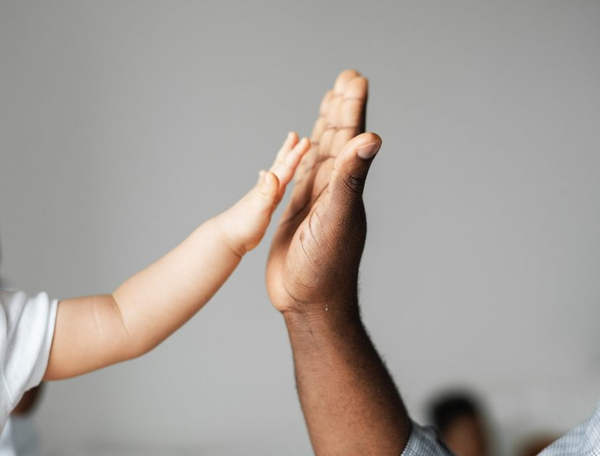Fine Motor Skills are learned when children learn to use smaller muscles. These muscles consist of your hands, fingers, and wrists.
These muscles are used when writing, holding small items, and turning pages. Mastery of find motor skills require precision and coordination. Fine motor skills come after gross motor skills (large muscle skills) do. Big muscles help small muscles develop. The use of small motor isn’t only important for those preschool crafts. It is also extremely important to care for yourself. Tying your shoes and using a fork to eat would be impossible without fine motor skills. Once children become school age fine motor is important to learn to write their name. Children who struggle to keep up with their peers become easily frustrated. This could result in a negative attitude towards learning. Children begin to develop fine motor skills as early as birth. Different fine motor skills are developed at different stages. Collectively this leads to skills children need once entering school. The key to developing fine motor skills is to practice. Everyday there is something children can do to practice using their fingers and hands. Fine motor skills developed birth to age five:
- 0-3 months: Grasping. This can be as simple as a baby holding your fingers.
- 3-6 months: Palmar grasp: Consists of using the whole fist to hold onto an object for up to one minute.
- 6-12 months: Reaches, grasps, puts objects in mouth. Drops and picks up toys. Transfers toys from one hand to another, pick things up with thumb and one finger.
- 1-2: Builds tower of three small blocks. Places four rings on a stick, turns 2-3 pages of a book at a time, scribbles, turns knobs, self feeds,drinks from a cup independently.
- 2-3: stings large beads, turns single pages of a book, snips with scissors, holds crayon with thumb and fingers, rolls, pounds, and squeezes, play dough.
- 3-4: copies circle, imitates cross, uses non-dominant hand to assist the use of objects.
- 4-5: cuts in line, copies cross and square, writes name and numbers 1-5, copies letters, dresses and undresses independently.
In most cases, when it comes to fine motor skills, practice makes perfect. Fine motor skills can be developed in several different ways. Some are very intentional, and some are just normal things you do in every day life. Practicing activities to develop these skills help children gain muscle memory.Muscle memory is when repetition of one action allows that action to be performed almost automatically without much effort. Some ways to develop fine motor skills are having children do the following activities:
- Finger paint
- Pop bubble wrap with thumb and index finger
- Trace shapes or letters Build Legos or blocks
- Sewing
- Beading
- Threading
- Buttoning
- Cutting
- Sorting
Fine motor skills do not develop alone. Just like any other development, a delay in one area can impact other areas. Birth trauma, serious illnesses, emotional trauma, and physical deprivation could cause children to be at risk for a fine motor delay. To detect a fine motor delay, you can watch for poor core stability, weak should muscles, weak hand muscles and poor coordination. The underdevelopment of these muscles will impact your child’s ability to use the hand and finger muscles effectively. At Finding Me Now Learning Center, we practice fine motor activities early and often throughout our day, incorporating the above activities to our lesson plans in all of our classrooms.
In the younger years of development remember to practice, practice, practice!
–Angelina S. is the Assistant Director of Finding Me Now – Kokomo

